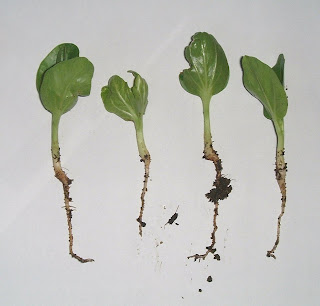As promised last week I've done some looking into leaves, why they are different across diferent types of trees and plants, and what makes our Baobab and Neem leaves specially adapted to the hot dry conditions of countries like Burkina Faso and Ghana.
It would seem that something sticks in the mind from school days biology, as most of us know that the most important thing a leaf does is produce food for the rest of the tree through the process of photosynthesis. Importantly for us, in this they also produce oxygen and use up carbon dioxide. For plants like Neems, their leaves shown below, it's also important to know that because leaves have a large surface area for maximum reciept of carbon dioxide and sunlight, they also lose water through a process called transpiration.

For trees growing in drylands Africa, water is hard to come by and much of the year is spent with very little rainfall, whereas there is plenty of sunlight. This means that the leaves can generate lots of food, but also risk losing a lot of water. One thing that trees in such areas can do is lose their leaves during the dry season, which means that trees such as the Baobab can avoid losing too much precious water through transpiration. The leaves can also be shaped in a way to take advantage of all that sunshine, and so are flat and thin, unlike say pine needles.
Leaves are the food factories for our Baobab and Neem seedlings, but they can be used as food for people too. As we say at TREE AID, 'not just a tree'. I've got lots of fascinating facts on the things that people in Africa use our Baobabs and Neems for when they grow to full size in the wild, and will blog about them soon!





